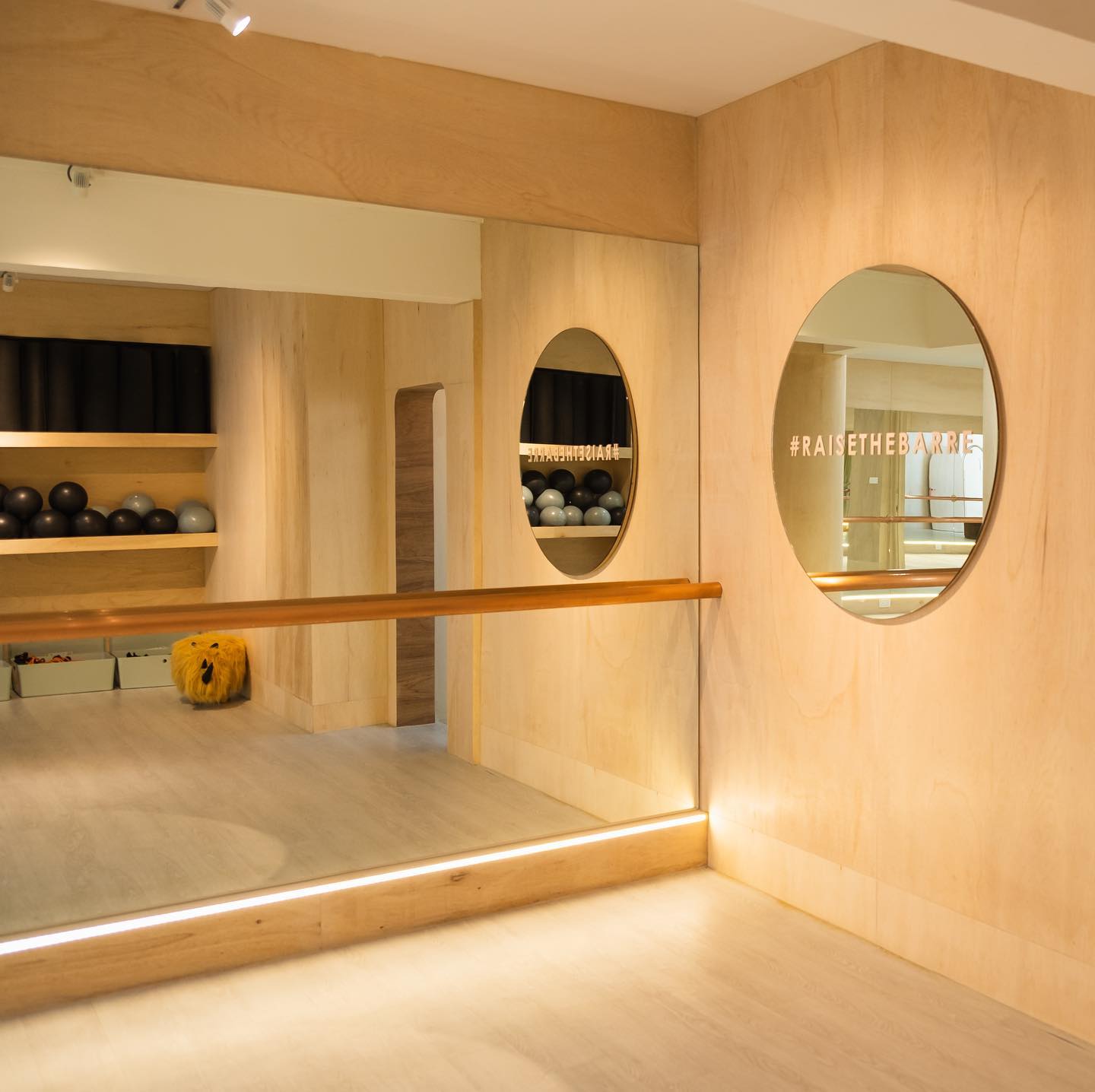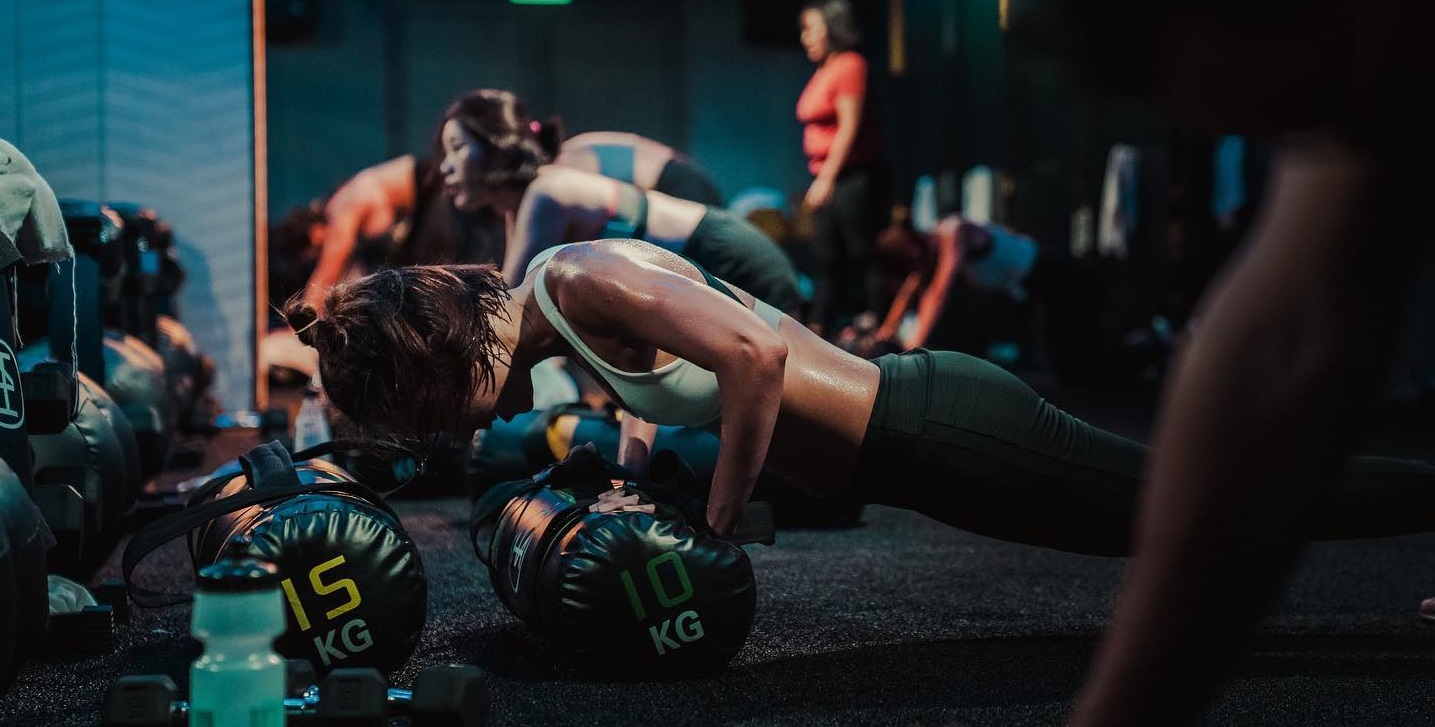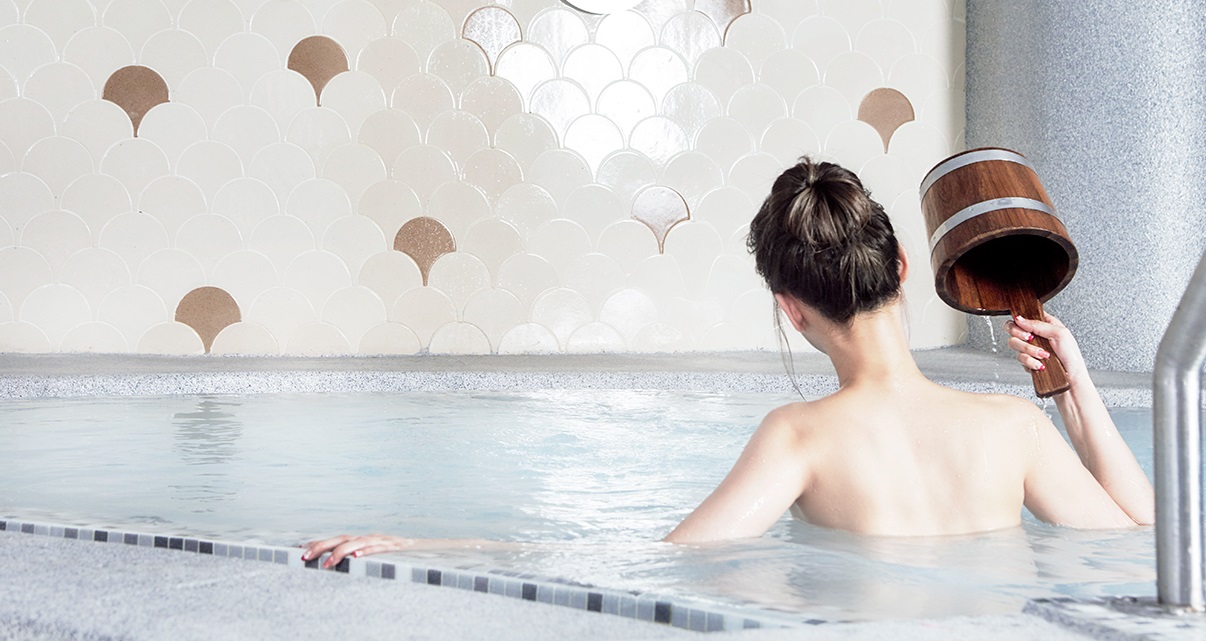The past decade has seen the health, fitness and beauty industries grow and join forces to make us look gorgeous and slim. Where we used to go to the doctor only when we were sick, now a visit to a general practitioner can be for purely cosmetic purposes. Cosmetic surgeons are employing the appearance of spa and aesthetic studios, and joining forces with spa owners to pool their resources and attract more customers. These industries, which survive on touting their ability to make us look and feel younger, fitter and better, have undergone a makeover to make themselves more attractive—and we can’t get enough of it.
I Feel Good
Recognition has grown over the last decade that we need to take better care of ourselves, both physically and mentally. Taking a mental break from the stress of corporate life is something we are getting better at, even if only briefly and infrequently. And that’s where the spa industry kicks in.
Spas are everywhere, so much so that even our concept of the word “spa” has changed. Whereas 10 years ago a spa treatment was something for tai tais or for extremely special occasions, now spa massage packages start from just under $100 and we use them more regularly. Just a few years ago, it was only the big glitzy establishments, such as Spa Botanica and RafflesAmrita (which opened in 2002 and 2000 respectively) that would call themselves spas. Now, every mum ’n’ pop place down the road is using the word.
Or you can just do-it-yourself, thanks to the enormous range of DIY spa treatments available off the shelf. Most spas now sell their own range of products—exfoliating scrubs, cellulite creams, toning and moisturizing masks—so that what was once a rare luxury can now be purchased in most beauty salons and even supermarkets.
Indeed, health is no longer the territory over which the medical profession reigns supreme. More alternative therapies, previously pooh-poohed by medical doctors, are now accepted parts of everyday life. Osteopaths and chiropractors abound, and acupuncturists and reflexologists are not just catering to the Chinese market anymore. We recognize health is more than just prescriptions and pills—and are willing to look into every avenue to get it.
Let’s Get Physical
Finally, we have a fitness industry here. Previously slothful Singaporeans, who would prefer to take a 45-minute bus ride or catch the MRT to avoid a 10-minute walk, have taken to exercise like ducks to water.
Don’t believe us? The Singapore Sports Council recently revealed that the number of Singaporeans doing exercise at least once a week has gone up by 10 percent since 2001. And the boom in gyms, yoga, Pilates and dance studios is testament to the fact that we like to work up a sweat, if only for reasons of vanity.
Gyms have consolidated their place in our lives with the arrival of giants like California Fitness, Planet Fitness and Fitness First. Over the years, gym workouts have changed too. Far from being just about muscle men pumping iron, gyms are now more specialized. There are women’s-only gyms and fitness centers (such as Amore Fitness and Go! Fitness) while others, like Virtual Fit and Phillip Wain, offer more new age classes such as martial arts, yoga, Pilates and even fusion salsa dance classes.
This is a trend sweeping the industry. Yoga has become a huge money-spinning industry since big boys True Yoga and Pure Yoga established themselves in town in the last 18 months. Rather than being considered something just for hippies, yoga and Pilates are now cool ways to build muscle strength and tone the body—yoga was the tenth most popular sport in Singapore in a recent National Sports Participation Survey.
Mirror Mirror On The Wall
Beauty products are no longer considered “hope in a bottle.” Now you can pay cold hard cash to get rid of that cellulite or eradicate the crow’s feet. Doctors have moved in to carve out their slice of the lucrative cosmetic market, and we can’t hand over our bucks fast enough. Yes, there was plastic surgery 10 years ago, but only people like Elizabeth Taylor and Michael Jackson could afford it. Now getting a little “work” done is something one barely bats a new double eyelid at—for instance, breast enhancements would cost around $600 less today than they did 10 years ago.
The encroachment of general practitioners onto a field that, up until very recently was dominated by plastic surgeons, means that competition is fierce, prices are falling and everyone is striving to make procedures quicker and less invasive. The advent of non-invasive aesthetic treatments has made cosmetic improvements more accessible than they were 10 years ago, lessening the stigma of seeking medical help for beauty treatments.
For example, what is commonly known as microdermabrasion (previously called dermabrasion) existed 10 years ago, but the techniques doctors use to perform it nowadays have changed. Previously, the procedure involved some trauma as patients were required to go under general anesthetic. Today, patients can leave immediately after the procedure. Fewer “accessories” (like anesthetic and follow-up visits) also mean costs are cheaper. So what used to cost $600-$700 and require a hospital visit, now costs around $300 and can be done in a day in a doctor’s consultation room.
And this is essentially the biggest change to the health, beauty and fitness industries in the past decade. The merger of the three into one giant wellness industry. The lines between health, beauty and fitness have become increasingly blurred. Aesthetic clinics are locating themselves opposite spas, we seek beauty treatments from doctors rather than beauty therapists, and having a massage is recognized as having health benefits for mind, body and soul.
In a clever marketing strategy, this consolidated wellness industry is attracting a wider customer base, thus encouraging consumers to spend more. Those who don’t like to think of themselves as vain can justify a facial for relaxation purposes, while the spa-like environment of an aesthetic clinic keeps the medical aspect of the procedures less prevalent in the minds of patients. Like a well cut tai tai, the face of the wellness industry is getting sharper, more streamlined and is definitely making itself more attractive.





